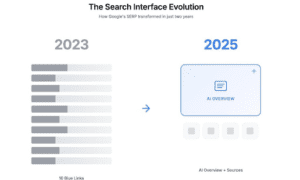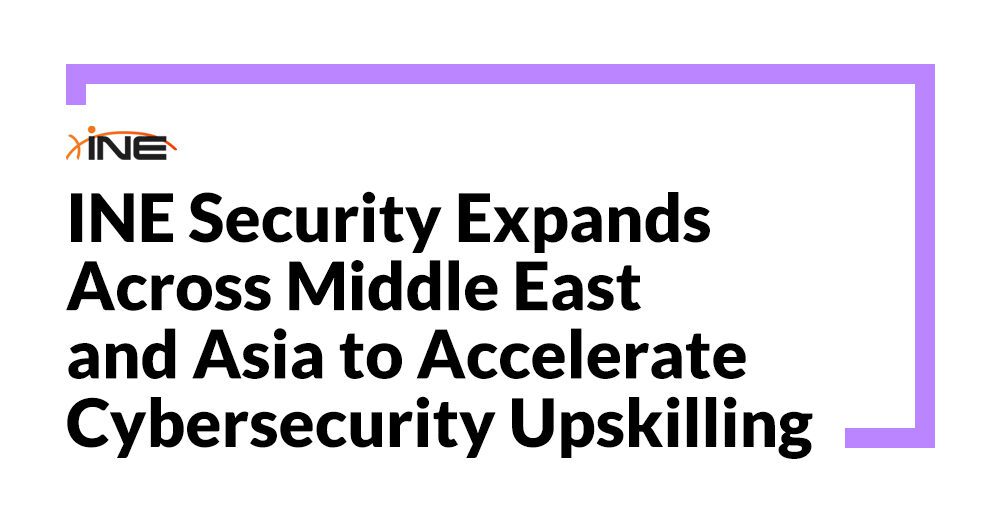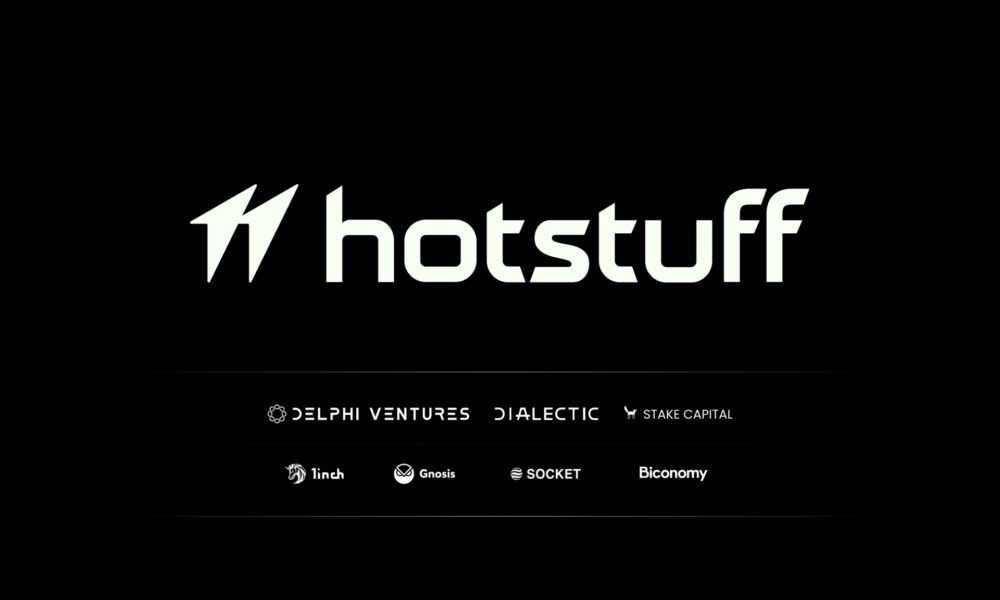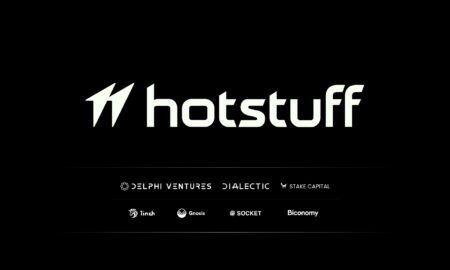ChatGPT is changing how we create press releases by making them faster, easier, and more engaging. This technology uses advanced AI to write text that sounds like it was written by a human. As companies look for new ways to share news, ChatGPT is becoming a key player. In this article, we will explore how ChatGPT helps in writing press releases, its benefits, and what the future holds for AI in this space.
Key Takeaways
- ChatGPT creates text that feels human-like, making it great for press releases.
- Using AI saves time and helps share news quickly with the public.
- AI can help keep messages clear and consistent across different releases.
- Human editors are still needed to make sure the content is accurate and fits the brand.
- The future of AI in writing press releases looks bright, with ongoing improvements.
The Power of ChatGPT in Generating Human-Like Text

Leveraging GPT-3 for Realistic Content
ChatGPT is based on GPT-3, a powerful language model that has learned from a vast amount of text. This training helps it create text that feels like it was written by a person. Because of this, ChatGPT is a great tool for many uses, especially in writing press releases. When a company wants to share news, like a new product launch, ChatGPT can quickly put together a press release that includes all the important details in a way that grabs attention.
Applications in Press Releases
Writing a press release can take a lot of time, but ChatGPT makes it easier. It can generate a first draft based on simple instructions, which saves time for public relations professionals. This means they can focus on other important tasks, like planning strategies and reaching out to the media. With ChatGPT, they can also create different versions of a press release, allowing them to explore various styles and angles to find the best fit.
Capturing Reader Attention
The ability of ChatGPT to produce engaging content is crucial. It helps ensure that the press releases not only inform but also capture reader attention. By using clear and interesting language, ChatGPT can make even complex information easy to understand, making it a valuable asset in the world of communication. This capability is especially important in today’s fast-paced media environment, where grabbing attention quickly is key to effective messaging.
Transforming the Way News is Shared
Speed and Efficiency of AI-Generated Press Releases
AI is changing how news is shared, especially through press releases. With tools like ChatGPT, creating a press release can happen in just minutes. This speed means that important news can reach the public much faster than before. For instance, during a product launch, an AI can quickly draft a press release, allowing journalists to report on it almost immediately. This quick turnaround is crucial in today’s fast-paced world, where timing can make all the difference.
Impact on Journalism and PR
The rise of AI-generated content is reshaping journalism and public relations. Journalists and PR professionals can now focus on more strategic tasks instead of spending hours writing. This shift not only saves time but also enhances the quality of the news shared. By using AI, they can ensure that their messages are clear and engaging, which is essential for connecting with audiences. The ability to produce high-quality content quickly is a game-changer for the industry.
Case Studies of Successful AI Press Releases
Several companies have successfully used AI to create press releases that resonate with their audiences. These case studies show how AI can help businesses communicate effectively and efficiently. For example, a tech company used AI to announce a new product, resulting in widespread media coverage and positive public response. This demonstrates that when used correctly, AI can significantly enhance the impact of press releases, making them more effective in reaching and engaging the target audience.
Ensuring Accuracy and Consistency in Messaging

Training ChatGPT with Brand Guidelines
To keep messages clear and on point, it’s important for companies to train ChatGPT using their own brand guidelines. This helps the AI understand the specific tone and style that the organization wants to convey. By doing this, ChatGPT can create content that feels familiar and trustworthy to the audience. This is crucial because consistent messaging builds a strong brand identity.
Maintaining Consistent Tone and Style
When writing press releases, having a consistent tone is key. ChatGPT can help with this by sticking to a set style guide. This means that even if different people are involved in writing, the overall message will still sound the same. This consistency not only makes the content more professional but also helps in building trust with readers.
Avoiding Inaccuracies and Bias
While AI can be very helpful, it’s not perfect. Sometimes, it might produce information that isn’t accurate or could be biased. To prevent this, it’s essential to have human editors review the AI-generated content. This way, any mistakes can be caught before the press release goes out. Ensuring accuracy and fairness in messaging is vital for maintaining credibility with the audience.
The Human Touch in AI-Generated Content
Incorporating Human Expertise
AI-generated content has come a long way, but it still needs a human touch to truly shine. While AI can produce text quickly, it often lacks the depth and understanding that only a person can provide. By involving skilled professionals in the process, we can ensure that the content resonates with readers and meets their expectations. The insights and ethical considerations of these experts are crucial for creating effective communication.
Reviewing and Editing AI Outputs
Even though AI can generate impressive text, it sometimes misses the mark. Human editors play a vital role in reviewing and refining this content. They can adjust the tone, clarify messages, and ensure that the information is accurate. This collaboration helps to create press releases that are not only informative but also engaging and relatable to the audience.
Balancing Automation with Human Insight
Finding the right balance between AI efficiency and human creativity is essential. While AI can handle repetitive tasks, it often lacks the creativity that makes content truly captivating. By blending the strengths of both AI and human writers, we can produce content that is not only efficient but also rich in creativity and emotional appeal. This approach helps to create a more personal connection with the audience, making the content more impactful and memorable.
Future Advancements and Ethical Considerations
Ongoing Research and Development
As AI technology continues to evolve, ongoing research is essential to enhance its capabilities. Developers are constantly working to improve AI models, ensuring they can generate content that is not only engaging but also accurate. This research focuses on refining algorithms to better understand context and user intent, which can lead to more relevant and personalized outputs. The goal is to create AI that can assist in various fields, including journalism and public relations, while maintaining high standards of quality.
Addressing Ethical Concerns
Ethical considerations are becoming increasingly important as AI-generated content becomes more common. One major concern is the ethics of artificial intelligence. For instance, UNESCO produced the first-ever global standard on AI ethics in November 2021. This standard emphasizes the need for transparency and accountability in AI systems. Organizations must ensure that their AI tools are designed to avoid biases and misinformation, which can mislead audiences and damage trust.
Transparency in AI-Generated Content
Transparency is crucial for maintaining public trust. It is important for organizations to clearly communicate when content is generated by AI. This can involve labeling AI-generated materials and explaining the role of human oversight in the process. By being open about how content is created, organizations can foster a sense of trust and credibility with their audience. This transparency not only helps in building relationships but also ensures that ethical standards are upheld in the rapidly changing landscape of AI-generated content.
Best Practices for Using ChatGPT in Press Releases
Effective Prompt Engineering
When using ChatGPT for press releases, it’s important to give it clear instructions. This means telling it exactly what you want. For example, if you’re announcing a new product, you should mention the product name, its features, and who it’s for. By doing this, you help ChatGPT create text that is more relevant and useful. Giving ChatGPT an identity, like asking it to "act as a PR expert," can also improve the results.
Continuous Model Training and Refinement
To get the best out of ChatGPT, it’s essential to keep improving it. This involves providing feedback on its outputs and participating in research initiatives. By doing this, you help make ChatGPT better at generating press releases that meet your needs. The more it learns, the more accurate and helpful it becomes.
Staying Updated with AI Advancements
AI technology is always changing, so it’s crucial to stay informed about the latest developments. This means keeping an eye on new features and improvements in ChatGPT. By staying updated, you can take advantage of new tools and techniques that can enhance your press releases, ensuring they remain engaging and effective.
Conclusion
In summary, ChatGPT is changing how press releases are created and shared. Its ability to quickly produce clear and engaging content helps businesses get their messages out faster and more accurately. As AI technology continues to grow, we can expect even better tools that will make press releases more effective. However, it’s important to remember that while AI can assist in writing, human input is still essential to ensure the content is accurate and aligns with the brand’s voice. By combining the strengths of AI with human expertise, we can look forward to a future where press releases are not only timely but also trustworthy and impactful.


































